In its heyday, the ancient Roman Empire was home to some of the most bustling and vibrant cities of the time. It served as a residence for citizens from various social classes. One could say that a home was the most concrete reflection of an individual’s financial situation during that period. While wealthy Romans enjoyed comfortable living in spacious villas, those from the lower strata of society had to endure dark, dangerous, and unsanitary living conditions.
Today, some well-preserved ruins can be found in Pompeii and Herculaneum, where people can observe how ancient Romans once lived. Through these sites, along with studies of less intact residential ruins from regions of the former Roman Empire, archaeologists have painted a vivid historical picture of the various types of housing in ancient Rome. Essentially, housing from this era can be divided into four categories.
1. Domus
In ancient Roman cities, the noble class, including emperors and aristocrats, typically lived in a one-story house known as a Domus. These homes were impressively spacious and beautifully designed, featuring marble columns, statues, mosaics, and wall paintings throughout. Romans designed Domus buildings with two main sections – the antica at the front and the postica at the back.

In ancient Rome, the noble class typically lived in a one-story house
Both sections were connected by a large central courtyard called an atrium, which served as a link to other rooms in the house. The atrium featured a shallow pool, with an opening at the top to collect rainwater. Romans often used this area for socializing and entertaining during events.

Postica included an area for growing herbs, a dining area, kitchen, and bathroom.
While the living room and bedrooms had access to the atrium, the postica area at the back of the house was more private. The postica included a space for growing herbs, a dining area, kitchen, and bathroom. This area also served as the living quarters for the slaves who worked in the household. Their duties included cooking, cleaning, maintaining the home, and carrying out tasks assigned by their masters. In some households, slaves were required to remain close to their owners, even sleeping outside their master’s bedroom without a bed of their own.
2. Insulae
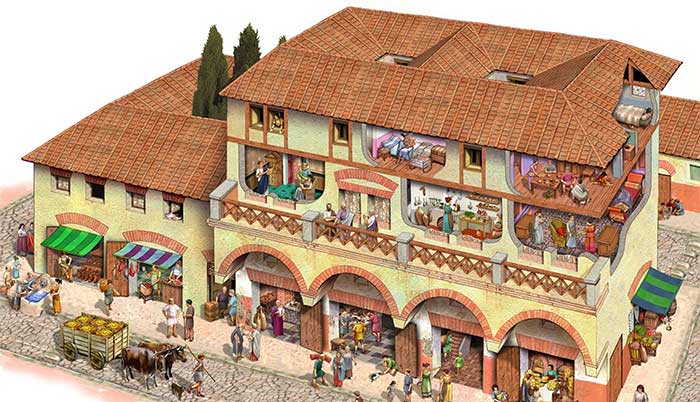
The working-class Romans lived in multi-story apartment buildings.
The majority of the working class in Rome resided in multi-story apartment buildings or complexes known as insulae. Insulae resembled modern apartment buildings, with ground floors sometimes used for businesses, and shop owners living in the spaces above. These buildings often reached seven stories or more and were often dangerous and unsanitary. Fires, collapses, and flooding were common issues in these areas.
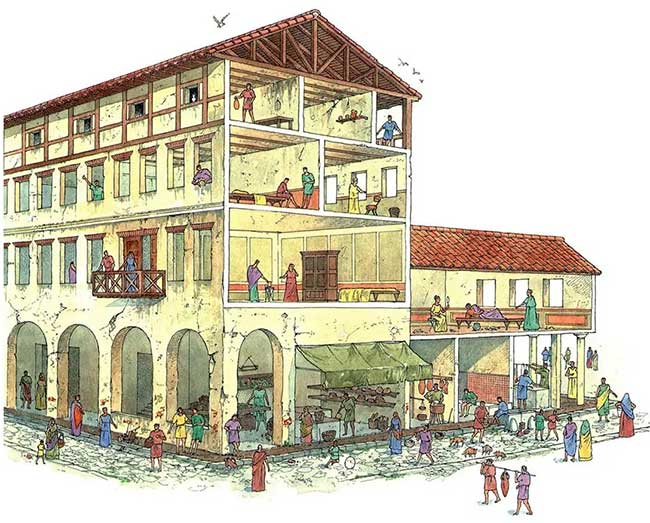
The apartments on the first two floors were more expensive than those above.
Contrary to modern beliefs, in ancient Roman society, wealthier individuals lived on the lower floors. The apartments on the first two floors were more expensive than those above, as they featured larger rooms, windows, balconies, and better access to water.
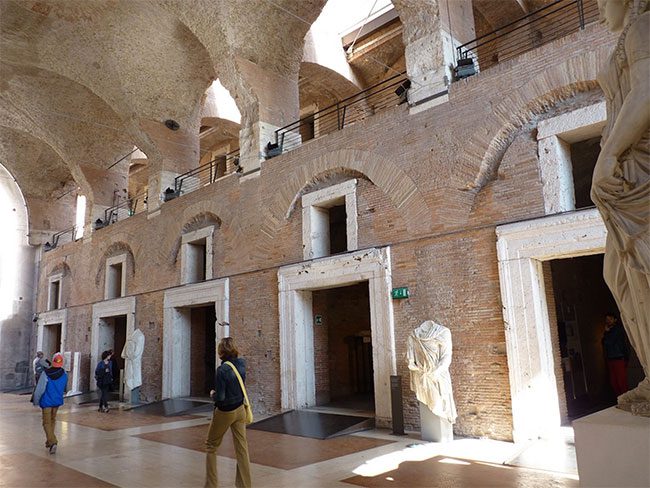
The upper floors were reserved for the poorest class in ancient Roman society.
In contrast, the upper floors were reserved for the poorest members of ancient Roman society, where living conditions were substandard. Sometimes entire families lived and functioned in one space, without separate rooms, natural light, water supply, or bathroom facilities.
3. Country Villas Far from the City Center
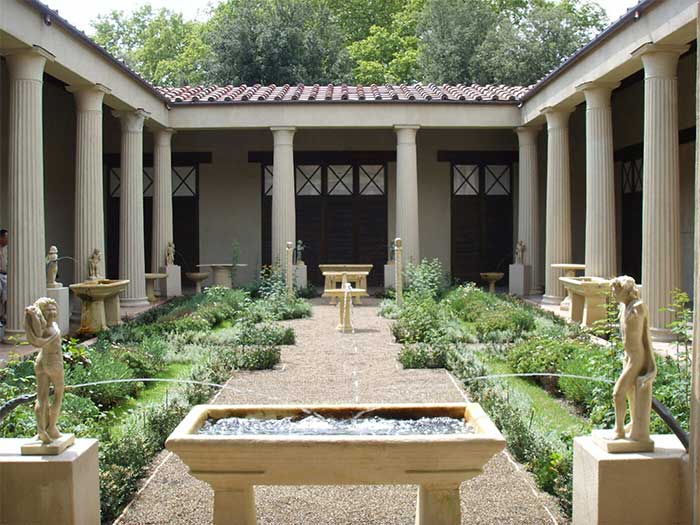
These villas were larger than the Domus.
Outside the city, wealthy citizens owned country villas. These villas were larger than the Domus as they had more land area. The truly wealthy possessed both a Domus and a villa, frequently traveling between the two.
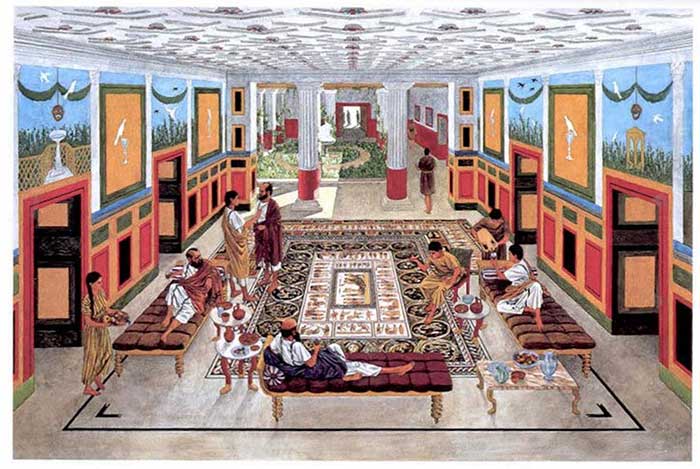
The truly wealthy possessed both a Domus and a villa.
Villas were divided into three main sections: the villa urbana, where the family of the owner lived, followed by the villa rustica, which housed slaves and workers. The third area was the fructuria, where crops were cultivated, and sometimes even a large separate estate. This type of home was characterized by being surrounded by large plots of land for farming, recreation, or private swimming pools.
4. Industrial and Agricultural Areas
The rural areas of the Roman Empire were not ideal living conditions for the poor. Although life in the city was quite difficult, at least the workers had better living conditions. Farmers, livestock workers, and other agricultural laborers lived in villages or on farms. These structures were small and cramped stone buildings, but such living conditions were considered fortunate. Those less fortunate had to live for years in dark, filthy factories and industrial complexes, devoid of light and exploited like slaves.





















































